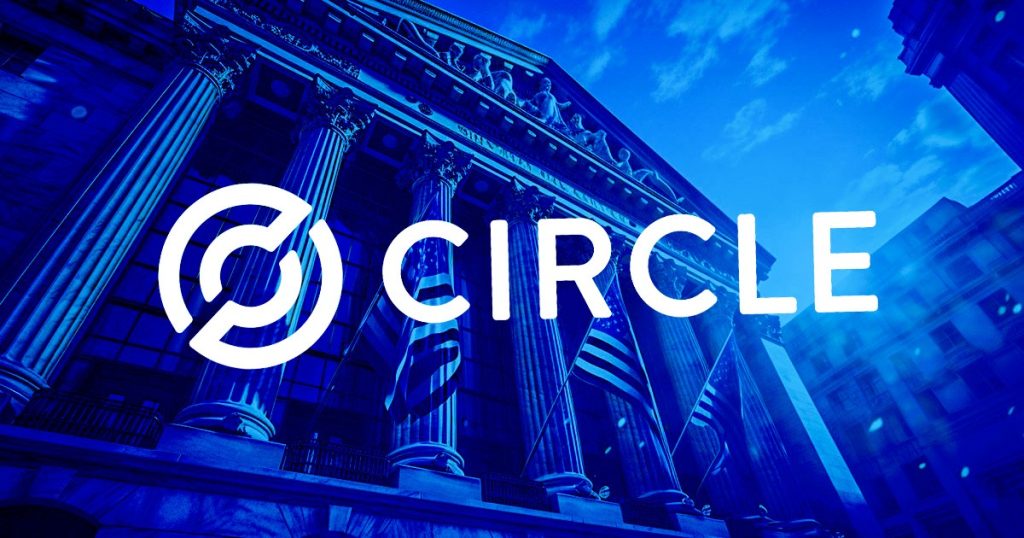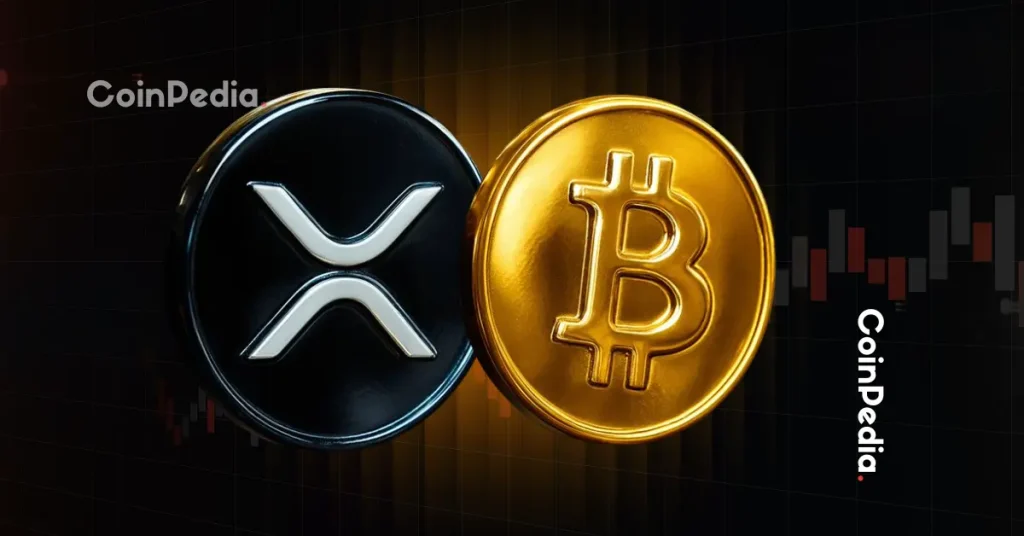
The post Circle Launches Public Testnet For Arc With Participation from Over 100 Institutions appeared first on Coinpedia Fintech News
Circle has officially launched the public testnet for Arc, an open Layer-1 blockchain network built to support developers and companies driving more economic activity onchain.
The New Economic “OS” For Internet
This is a major milestone for Circle and it’s already attracting participation from over 100 companies across the financial and technology sectors.
Arc gives developers and enterprises a platform to deploy, test, and build the next generation of onchain applications. Circle describes it as the new Economic Operating System (“OS”) for the Internet.
CEO Jeremy Allaire said that the testnet is “seeing remarkable early momentum”, as leading companies, protocols, and projects begin to build and test.
He noted that Arc’s reach spans billions of users and connects markets across regions, and highlighted its goal to create an open, inclusive, and internet-native global economic system.
Arc is a big step toward building a more open and programmable foundation for global finance. It is designed to make onchain transactions faster, smarter, and easier to use, with predictable dollar-based fees, lightning-fast transaction speeds, and optional privacy controls that let users decide how much to share.
With its integration to Circle’s full-stack platform, Arc enables a wide range of use cases across lending, capital markets, foreign exchange and global payments.
Institutional Partners
Leading capital markets firms engaging with Arc include Apollo, BNY Mellon, Intercontinental Exchange, and State Street.
Other participating banks, asset managers, and financial institutions include Absa, Clearbank, BlackRock, Goldman Sachs, HSBC, Deutsche Bank, Standard Chartered, SBI Holdings and many others.
Circle notes that payments are emerging as one of Arc’s standout use cases, making it easy for people and businesses to move money instantly and without friction. The same infrastructure also supports AI-driven systems that can autonomously send and settle value in real time.
Technology and Fintech Partners
The technology and payments firms engaging with Arc, include AWS, Mastercard, Visa, Cloudflare, Brex, Nuvei, among others. Stablecoin issuers from various regions are also active on the testnet.
Infrastructure Providers and Developers
Arc is also partnering with leading developers and infrastructure providers including MetaMask, Ledger, Fireblocks, Alchemy and Chainlink.
AI integration from Anthropic brings Claude-powered coding tools, enhancing the developer experience. Crosschain partners include Across, Wormhole and Stargate while Elliptic, Quicknode, and TRM will ensure that Arc stays fast, secure, and reliable.
Arc is bringing together leading players from across the digital asset ecosystem, from decentralized and centralized exchanges to market makers, lenders, and custodians. Uniswap, Curve, and Velodrome provide onchain liquidity, while Coinbase, Kraken, and Robinhood expand global access.
Major market makers like Galaxy Digital, Wintermute, and GSR enhance liquidity, and lending platforms such as Aave and Maple support credit and capital efficiency. Custodians include BitGo and Zodia Custody help keep assets secure.
The First Step to Shared Governance
Circle notes that the testnet launch is just the first step toward creating a community-driven, decentralized network.
Its roadmap for the future includes expanding validator participation, introducing transparent governance models, and inviting community involvement in shaping the network.

 1 month ago
6243
1 month ago
6243















 English (US)
English (US)